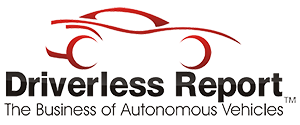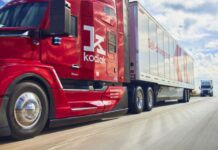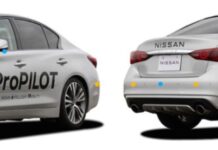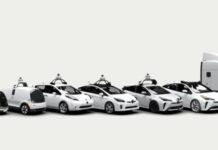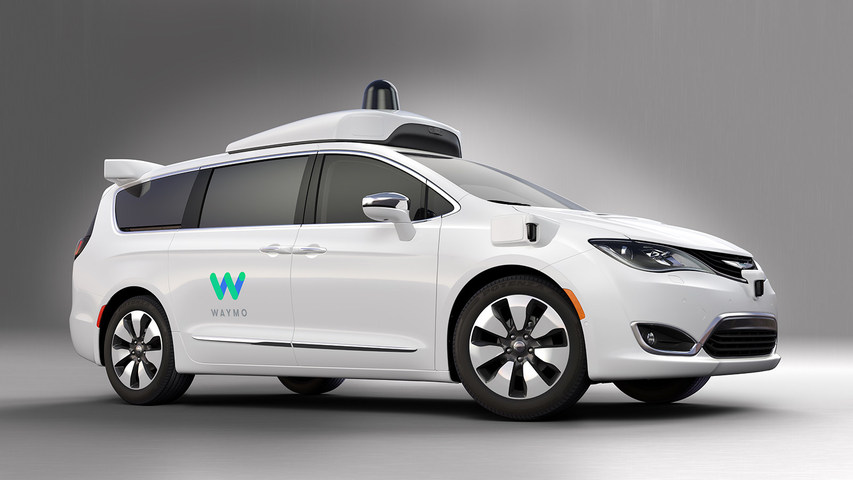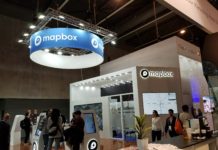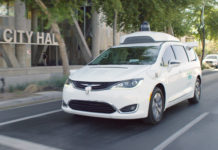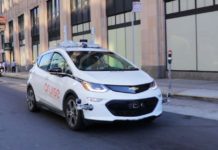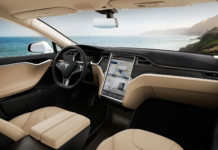SAN FRANCISCO — As new employees were brought into Apple’s secret effort to create a self-driving car a few years ago, managers told them that they were working on the company’s next big thing: A product that would take on Detroit and disrupt the automobile industry.
These days, Apple’s automotive ambitions are more modest. The company has put off any notion of an Apple-branded autonomous vehicle and is instead working on the underlying technology that allows a car to drive itself. Timothy D. Cook, the company’s chief executive, said in an interview with Bloomberg in June that Apple is “focusing on autonomous systems.”
A notable symbol of that retrenchment is a self-driving shuttle service that ferries employees from one Apple building to another. The shuttle, which has never been reported before, will likely be a commercial vehicle from an automaker and Apple will use it to test the autonomous driving technology that it develops.
Five people familiar with Apple’s car project, code-named “Titan,” discussed with The New York Times the missteps that led the tech giant to move — at least for now — from creating a self-driving Apple car to creating technology for a car that someone else builds. They spoke on the condition of anonymity because they were not authorized to talk publicly about Apple’s plans.
The project’s reduced scale aligns Apple more closely with other tech companies that are working on autonomous driving technology but are steering clear of building cars. Even Waymo, the Google self-driving spinoff that is probably furthest along among Silicon Valley companies, has said repeatedly that it does not plan to produce its own vehicles.
Apple’s testing vehicles will carry employees between its various Silicon Valley offices. The new effort is called PAIL, short for Palo Alto to Infinite Loop, the address of the company’s main office in Cupertino, Calif., and a few miles down the road from Palo Alto, Calif.
Apple’s in-house shuttle service, which isn’t operational yet, follows Waymo, Uber and a number of car companies that have been testing driverless cars on city streets around the world.
Apple has a history of tinkering with a technology until its engineers figure out what to do with it. The company worked on touch screens for years, for example, before that technology became an essential part of the iPhone.
But the initial scale of Apple’s driverless ambitions went beyond tinkering or building underlying technology. The Titan project started in 2014, and it was staffed by many Apple veterans. The company also hired engineers with expertise in building cars, and not just the software that would run an autonomous vehicle.
It was a do-it-all approach typical of Apple, which prefers to control every aspect of a product, from the software that runs it to the look and feel of the hardware.
From the beginning, the employees dedicated to Project Titan looked at a wide range of details. That included motorized doors that opened and closed silently. They also studied ways to redesign a car interior without a steering wheel or gas pedals, and they worked on adding virtual or augmented reality into interior displays.
The team also worked on a new light and ranging detection sensor, also known as lidar. Lidar sensors normally protrude from the top of a car like a spinning cone and are essential in driverless cars. Apple, as always focused on clean designs, wanted to do away with the awkward cone.
Apple even looked into reinventing the wheel. A team within Titan investigated the possibility of using spherical wheels — round like a globe — instead of the traditional, round ones, because spherical wheels could allow the car better lateral movement.
But the car project ran into trouble, said the five people familiar with it, dogged by its size and by the lack of a clearly defined vision of what Apple wanted in a vehicle. Team members complained of shifting priorities and arbitrary or unrealistic deadlines.
There was disagreement about whether Apple should develop a fully autonomous vehicle or a semiautonomous car that could drive itself for stretches but allow the driver to retake control.
Steve Zadesky, an Apple executive who was initially in charge of Titan, wanted to pursue the semiautonomous option. But people within the industrial design team including Jonathan Ive, Apple’s chief designer, believed that a fully driverless car would allow the company to reimagine the automobile experience, according to the five people.
A similar debate raged inside Google’s self-driving car effort for years. There, the fully autonomous vehicle won out, mainly because researchers worried drivers couldn’t be trusted to retake control in an emergency.


